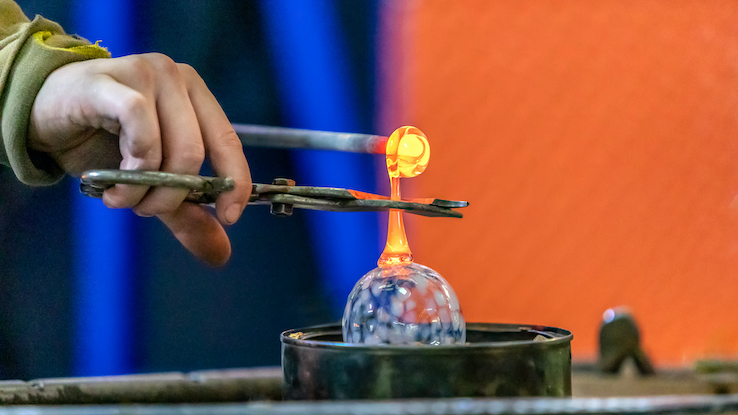At What Temperature Does Glass Melt?

Although glass can begin to soften at lower temperatures, it generally must be heated to extremely high temperatures to melt, at which point it takes on the consistency of honey or syrup. Depending on the composition of the glass and whether it’s had any materials added to strengthen it, the melting temperature of glass is around 2600 to 2800 degrees Fahrenheit. This is between 1400 and 1600 degrees Celsius.
Glass melts at exceptionally high temperatures, but at what temperature does glass soften? The material starts to become malleable enough that you can reshape it when it reaches about 1250 degrees F. However, it won’t necessarily have a softened consistency and may still be prone to breakage at this stage if you apply too much force. Once glass reaches 1350 degrees F, the surface should just be getting hot enough that it’s beginning to melt. At this point, it’s possible to fuse pieces of glass together. When glass is heated to around 1450 degrees F, it’ll start to lose any shape it previously had. Answering the question “At what temp does glass melt?” requires looking at whether you want the glass to be completely liquefied or only the consistency of taffy, which is generally appropriate for some projects.
Glass is considered cold at room temperature. Its composition does not begin to change until it reaches a temperature of between 700 and 900 degrees. The process of cooling glass from these extremely high temperatures must be done slowly to reduce the risk of cracking or shattering the glass.





